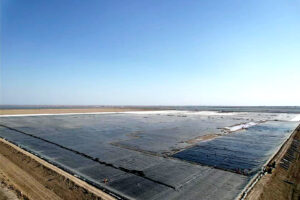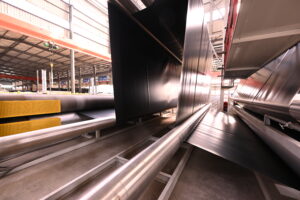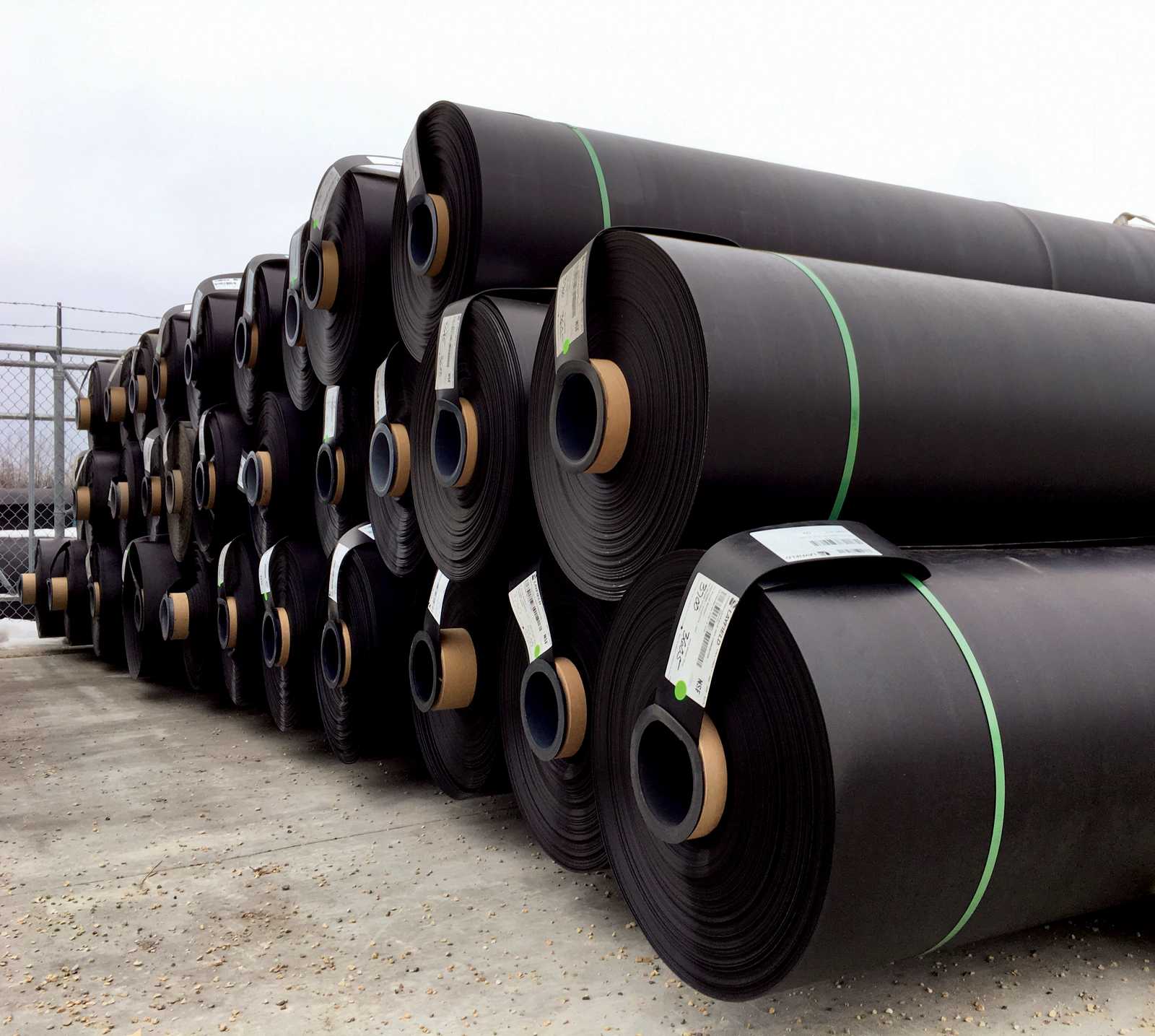Why do landfills use geomembranes?
Anti-seepage effect: Liquid waste will be produced in landfills, such as landfill leachate, rainwater infiltration, etc. If these fluids seep into the ground, they can cause groundwater contamination. As an anti-seepage layer, geomembrane can effectively prevent liquid leakage and prevent harmful substances from entering groundwater.
Environmental Protection: Waste in landfills may contain harmful chemicals that can cause harm to the environment and human health. Geomembrane can effectively isolate these harmful substances from the surrounding environment and reduce the adverse impact on the environment.
Waste Stabilization: Waste in underground landfills creates pressure that, if handled unstable, can lead to settlement and collapse. Geomembranes can increase the stability of landfills and reduce the risk of settlement.
Avoid soil erosion: Landfills usually need to be covered after filling to prevent rain erosion. Geomembranes can effectively reduce the risk of soil erosion.
Extend the life of the landfill: The use of geomembrane can extend the life of the landfill and reduce the maintenance and repair costs of the landfill.
Regulations and Compliance: Many countries and regions require landfills to take steps to reduce adverse impacts on the environment. The use of geomembranes is a code-compliant practice that ensures landfill compliance.
It should be pointed out that the selection and installation of geomembranes need to be carried out in accordance with relevant standards and specifications to ensure their effectiveness and reliability. Landfill projects often require design and supervision by professional engineers to ensure proper installation and performance of the geomembrane.

What kind of geomembrane is used in landfills?
Landfills often use high-density polyethylene geomembranes as covering layers to prevent bottom leakage and harmful substances in the garbage from seeping into the groundwater. HDPE geomembrane is a material with good impermeability and chemical corrosion resistance, making it very suitable for use in this environment. Here are some reasons to use HDPE geomembrane:
Anti-seepage performance: HDPE geomembrane has excellent anti-seepage properties, which can effectively prevent liquids from penetrating to the bottom of the landfill and reduce the risk of groundwater contamination.
Chemical corrosion resistance: Various harmful chemicals exist in landfills. HDPE has a high tolerance to chemical substances and is not susceptible to chemical corrosion.
Aging resistance: HDPE geomembrane has good weather resistance in outdoor environments and can maintain its performance for a long time, reducing replacement and maintenance costs.
Weldability: HDPE geomembrane can be hot-melt welded to ensure complete sealing between geomembrane layers and reduce the risk of leakage.
Wear resistance: Since there may be heavy machinery operating on the landfill site, HDPE geomembrane has high wear resistance and is not susceptible to mechanical damage.

How to install landfill geomembrane?
Engineering design and planning: Before installing the geomembrane, a detailed engineering design and planning plan must be developed, including the material specifications, thickness, size of the geomembrane, as well as the topography of the landfill, drainage system, etc.
Prepare the landfill site: Clear and level the landfill site, making sure the surface is free of sharp objects, gravel, roots or other materials to avoid damage to the geomembrane.
Geological Survey: Conduct a geological survey to ensure that the landfill floor meets design requirements.
Installing the Base Layer: Begin by installing a layer of compacted base material, usually coarse sand, fine sand, or gravel, over the landfill surface to provide a level base and aid drainage.
Geomembrane laying: The geomembrane is laid on the base layer. The geomembrane needs to be fully expanded to cover the entire landfill area. The joints between geomembranes need to be hot-melt welded to ensure sealing and avoid leakage.
Install ancillary facilities: Install necessary ancillary facilities on the geomembrane, including drainage systems, leachate collection systems, detection systems, etc. These facilities help control leakage and monitor the condition of the landfill.
Cover Installation: Cover is installed over the geomembrane, typically using landfill or other suitable material. The purpose of the mulch is to prevent litter from being scattered and reduce odor and environmental impact.
Quality control and inspection: Quality control and inspection are performed during the geomembrane installation process to ensure that the geomembrane is installed correctly and without damage or holes.
Monitoring and Maintenance: After installation of the landfill geomembrane, regular monitoring and maintenance are required to ensure the continued effectiveness of its performance and anti-seepage function.
Compliance with regulations: All installation work must comply with local and national environmental regulations and standards to ensure landfill compliance.
Author
-

Founded in 2002, Tinhy's team focuses on the manufacturing, marketing, installation, application and research and development of geosynthetic materials.
View all posts




